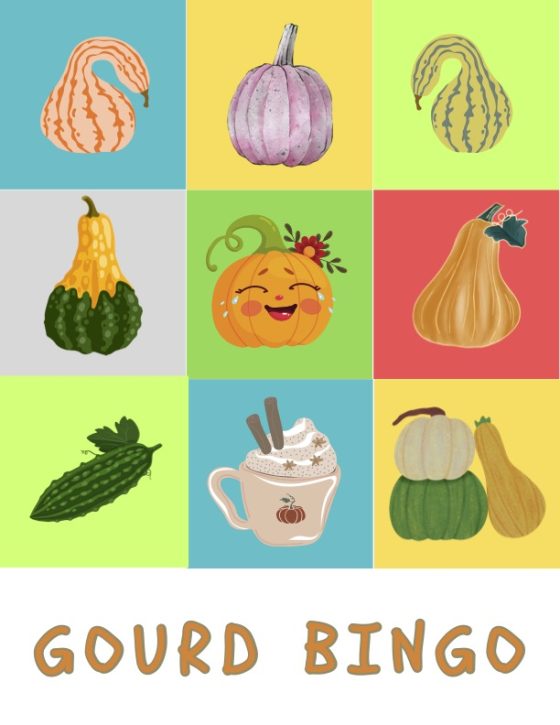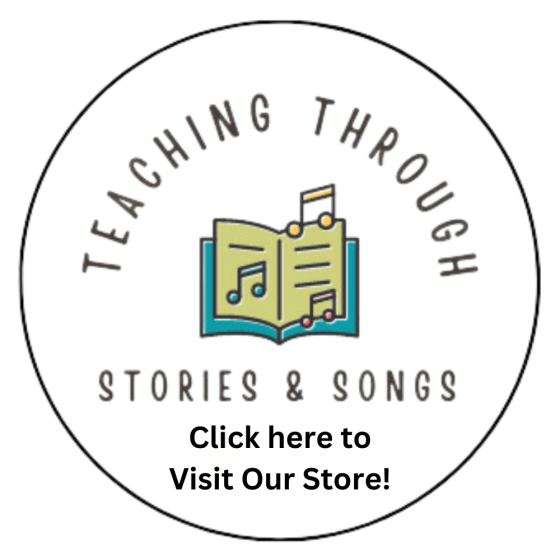Written by Lorrie Holmes
Can kids develop their artistic skills through Creative Play? Does this include developing skills in music, songwriting, creative writing, drama and dance through play? Here are six ways to show you that they can! It’s certainly what I experienced during my years spent leading creating arts classes with children from ages 3 to 12. In fact, the more creative freedom that’s given, the more focused children are on developing a skill or completing a project to the best of their ability.
When we provide budding artists with the right environment and support, their creativity will blossom. They will automatically:
1. Display the Ability to Make Creative Choices
When children and youth come up with their own ideas about what they want to do, they begin to take ownership of whatever it is that they are doing or planning to do.
When teaching Creative Arts Program, I like to support kids in these three components:
Step No. 1 – Creating or adapting a story or song
Step No. 2 – Making props and backdrops to use in their storytelling
Step No. 3 – Deciding how they would like to perform these stories (acting, puppetry, dance and choreography, etc.)
2. Foresee Problems and Come Up With Creative Solutions
Critical thinking begins when kids start to think about how they can realistically accomplish their creative goals. When planning a project such as building a prop for a show or working out a dance routine, these young performing artists begin to discover challenges. Even more importantly, they learn how to solve them. Sometimes they ask for help. Other times they naturally begin to delegate and problem solve with each other and bring me in afterwards. When called upon to help, I will make suggestions of ways they can go about solving problems by offering choices. I never give them just one solution. This way, they still take some ownership, even if it’s just choosing from different options that I’ve provided them.
3. Become Leaders and Team Players In Their Creativity
Once the kids have chosen a project and have a plan of action, they magically start to assume their own roles and responsibilities. Don’t get me wrong, it’s certainly not all flow! This can be a super frustrating point in time for them and a somewhat stressful one for me as well. But if I’m to be completely honest, it’s also where most of their growth takes place. It’s a great opportunity for teaching social skills as the kids are each trying to fit into a role and work together. Older children often step up or are called upon to work with the younger ones. Their older peers make observations and suggestions and lend a hand when it’s agreed upon or requested. In the end, everyone is entitled to feel out whether they want to take suggestions, though more often than not, guidance from fellow peers is appreciated.
Check out this Classroom Video which is the perfect example of children ages preschool to preteen, working together to support each other in their parts while making this music video of fun Halloween song, Monster Mash. They storyboarded the lyrics with prop ideas, photos shots, and acting! Check out our full story on how we made this video here!
4. Become Creatively Inspired
While watching other kids try things and work through their own fears, children naturally begin to follow suit and step out of their own comfort zones. Through their camaraderie of friendship, they seem to find courage in each other to try new things. It’s very exciting when their hidden talents or interests are discovered in the most unexpected activities – from storytelling and creative writing, to prop making and stage decorating. From singing and songwriting, to dancing and acting, and from stage directing to choreography – when kids jump in and try things, they often discover that they enjoy doing things they never imagined themselves doing.
5. See Things Through
Through perseverance, and working through fears and frustrations, kids gain confidence as they build creativity. By taking on responsibilities even when it gets hard, these budding performers, directors, choreographers and singer-songwriters learn that hard work pays off and so does believing in yourself and your friends. During this process, I strongly encourage my kids to take baby steps often so they are constantly setting themselves up for success. And when things sometimes don’t go their way, they learn to try again and keep their chin up while doing it.
6. Feel Proud
My first two goals when working with children are for kids to have fun and build confidence. Pride comes once they recognize, within themselves, that they’ve really done a good job. The harder the job, the bigger the payoff in the long run. These kids gain the understanding that to be really good at something is hard work. You don’t just suddenly decide to play the piano and begin writing brilliant compositions (unless you’re Mozart maybe). Mastering any art form is a huge commitment and takes a lot of practice. Kids want to see instant results but they learn that this isn’t realistic in my program.
By watching their peers work hard at their chosen crafts, these kids all learn together the value and PROCESS in BECOMING good at something they desire. Check out this video of my creative writing students from the Creative Writing For Children’s Society who made this video with me at the end of their term in our creative writing class to present to their parents!
Through the exposure of so many creative art forms, this type of program helps children discover what they are interested in exploring and gives them realistic steps to build and improve their own skills. Often the younger children in the group can find a mentor a few years older who is committed to the same interests and has put in the work to become good at it. The younger protege then sees the possibilities of what their future payoffs might be if they put in the work themselves. Kids are more inspired by their older peers. The gap isn’t as big so the payoff seems more attainable. This is key.

Like us adults, kids need to see what the results will mean for them if they are going to consider working really hard at something.
FOLLOW US ON ALL OUR PLATFORMS FOR MORE
CLASSROOM STORIES & RESOURCES!
This story is sponsored by TEACHING THROUGH STORIES & SONGS


FREE GOURD BINGO GAME!
SUBSCRIBE BELOW to Kids News & Reviews and you’ll instantly receive our FREE Gourd Bingo Game — the perfect seasonal activity for circle time, dramatic play, or family fun!



